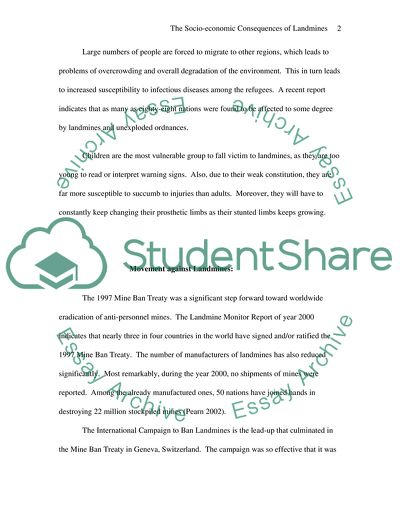Cite this document
(Socio-Economic Consequences of Landmines Coursework, n.d.)
Socio-Economic Consequences of Landmines Coursework. https://studentshare.org/military/1707157-socio-economic-consequences-of-landmines
Socio-Economic Consequences of Landmines Coursework. https://studentshare.org/military/1707157-socio-economic-consequences-of-landmines
(Socio-Economic Consequences of Landmines Coursework)
Socio-Economic Consequences of Landmines Coursework. https://studentshare.org/military/1707157-socio-economic-consequences-of-landmines.
Socio-Economic Consequences of Landmines Coursework. https://studentshare.org/military/1707157-socio-economic-consequences-of-landmines.
“Socio-Economic Consequences of Landmines Coursework”. https://studentshare.org/military/1707157-socio-economic-consequences-of-landmines.


